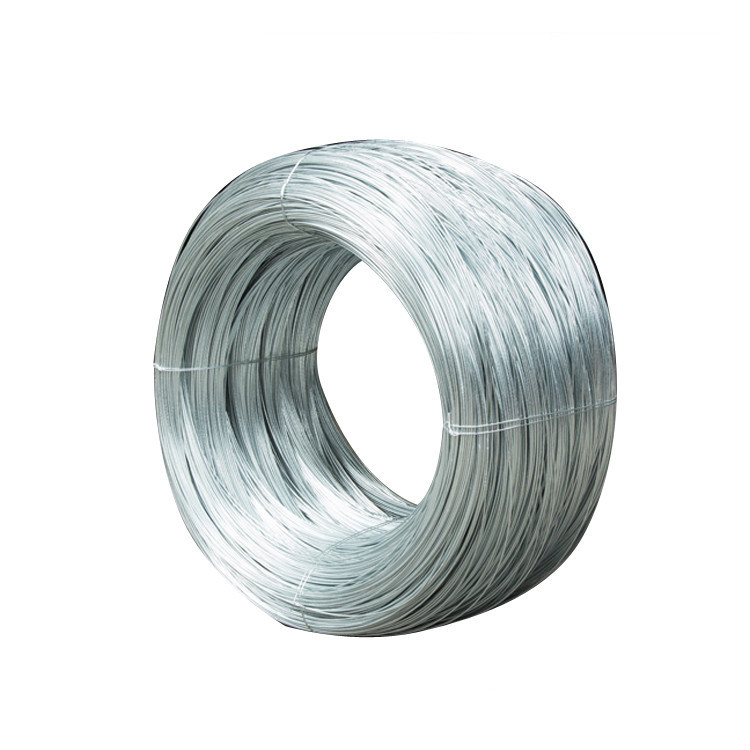
- Mobile Phone
- +8613931874955
- sales@cntcmetal.com
small coil springs
Understanding Small Coil Springs A Comprehensive Guide
Small coil springs, often overlooked components in various mechanical systems, play a critical role in ensuring the functionality and efficiency of everyday objects. From simple household items to complex machinery, these springs provide essential forces needed to absorb energy, maintain tension, and facilitate movement. This article delves into the design, materials, applications, and considerations surrounding small coil springs, highlighting their significance in modern engineering.
What are Small Coil Springs?
Small coil springs, also known as compression springs or torsion springs, are cylindrical coils made from elastic materials that can store and release mechanical energy. When a force is applied, these springs compress or twist, allowing them to return to their original shape when the force is removed. This ability to return to their original form is what makes them indispensable in various applications.
Design and Materials
The design of small coil springs involves several critical factors, including the coil diameter, wire diameter, number of coils, and the material used. Common materials for manufacturing coil springs include stainless steel, carbon steel, and various alloys. These materials are chosen based on their elasticity, tensile strength, and resistance to fatigue.
The dimensions of the spring are also crucial. A smaller coil diameter can lead to a stiffer spring, while a larger diameter may yield a softer spring. Engineers must carefully calculate these parameters to create a spring that meets the specific requirements of its application. Advanced design software and simulation tools are often employed to optimize spring characteristics for performance and longevity.
Applications
Small coil springs are used in a multitude of applications across various industries. Here are some of the most common uses
1. Automotive Industry In vehicles, small coil springs are found in components such as suspension systems, fuel pumps, and engine valves. Their ability to absorb shocks and maintain proper tension contributes to vehicle stability and performance.
2. Electronics Many electronic devices, including mobile phones, cameras, and printers, utilize small coil springs to facilitate mechanisms like buttons, hinges, and latches. These springs help ensure smooth operation and provide tactile feedback to users.
small coil springs

3. Medical Devices In the medical field, small coil springs are integral to the operation of devices like syringes, infusion pumps, and surgical tools. They ensure precise movements and consistent pressure, which are critical for patient safety and treatment efficacy.
4. Household Items From ballpoint pens to door hinges and toys, small coil springs are ubiquitous in daily life. They allow for effective functionality and ease of use in common household products.
Considerations in Selection
When choosing a small coil spring for a specific application, engineers must consider various factors to ensure optimal performance. These include
- Load Requirements Understanding the forces the spring must withstand is crucial. This involves calculating the maximum load and the expected range of motion.
- Environmental Factors Springs may be exposed to harsh conditions such as heat, moisture, or corrosive substances. Selecting the appropriate material and coating can enhance the spring's durability.
- Fatigue Life Springs undergo cyclic loading, which can lead to fatigue over time. Engineers must estimate the operational lifespan of the spring and design accordingly to prevent premature failure.
- Manufacturing Tolerances Precision in manufacturing is vital to ensure that springs fit correctly within the designed mechanism. Tighter tolerances may be necessary for high-performance applications.
Conclusion
Small coil springs may be small in size, but their impact on technology and industry is immense. Understanding their design, materials, and applications is essential for anyone involved in engineering and manufacturing. These springs not only enable the functionality of countless products but also enhance the user experience in our daily lives. As technology continues to advance, the demand for efficient, reliable spring solutions will only grow, making small coil springs a vital area of focus in the engineering world.
share:
-
Your Source for Concrete Wall Ties and Masonry AccessoriesNewsJul.10,2025
-
Unlocking the Power of Iron Wire for Every ProjectNewsJul.10,2025
-
Explore Advanced Chain Wire and Stainless Steel Mesh FencingNewsJul.10,2025
-
Discover the Benefits of Annealed Wire ProductsNewsJul.10,2025
-
Discover China Stainless Steel Wire Mesh SolutionsNewsJul.10,2025
-
Build with Confidence Using High-Performance Masonry AccessoriesNewsJul.10,2025
-
Why Sacrificial Formwork Is Redefining Underground ConstructionNewsJun.06,2025



















